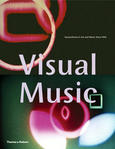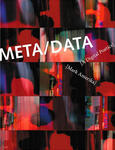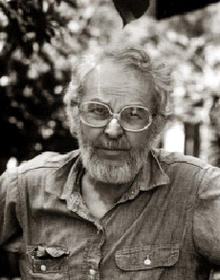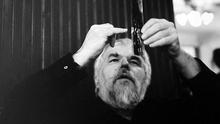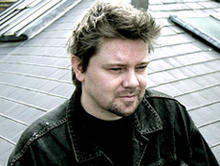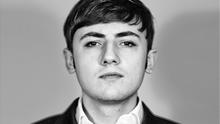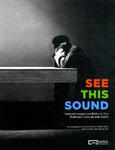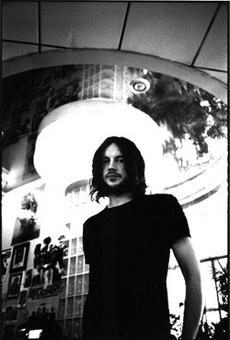Computer Music Journal: Visual Music
(2005)is devoted to the topic of "visual music": audiovisual creations in which the artist strives to endow the video component with formal and abstract qualities that mimic those of musical composition.
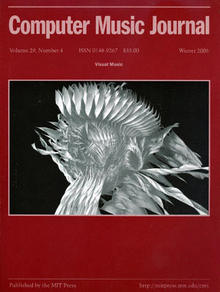
Established in 1977 as the definitive journal of its field, Computer Music Journal (CMJ) covers a wide range of topics such as digital audio signal processing, electroacoustic composition, new musical controllers, and music information retrieval. With cutting-edge scholarship accompanied by interviews with leading composers and informative reviews of products and publications, CMJ is an indispensable resource for composers, performers, scientists, engineers, and computer enthusiasts interested in computer-generated sound and music.
The articles in the Volume 29, Issue 4 - Winter 2005 are all devoted to the topic of Visual Music: audiovisual creations in which the artist strives to endow the video component with formal and abstract qualities that mimic those of musical composition.
Source: Computer Music Journal
ISSN: 0148-9267
E-ISSN: 1531-5169

